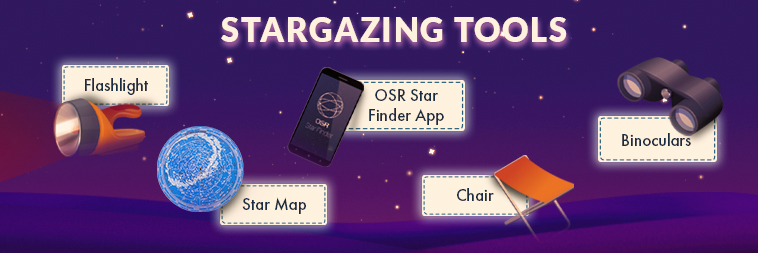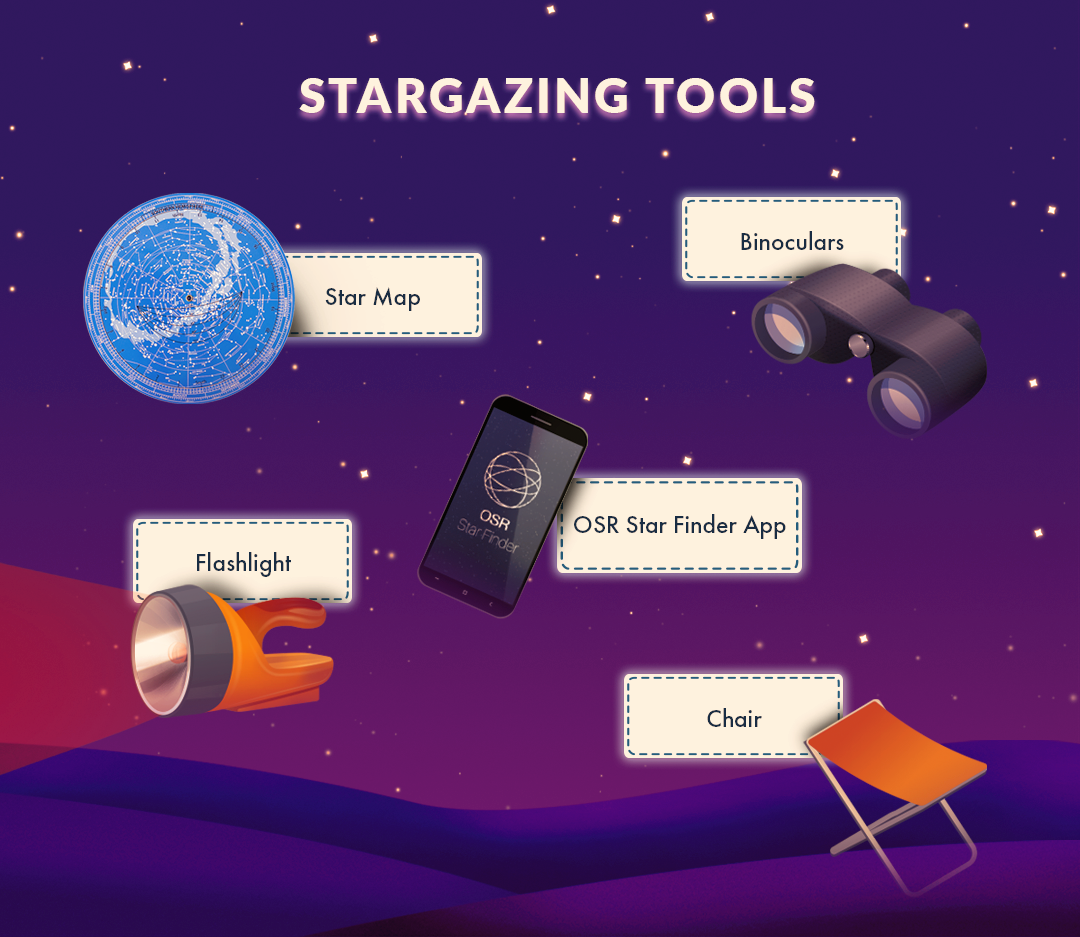7 Stargazing tips for a successful stargazing night

Check out our 7 essential tips to get the best out of your night as a budding stargazer. Would you like to explore the stars, but you don’t know where to start? Then read more.
With our stargazing tips for beginners, you can really add some sparkle to your evening. Whether you’d like to spend a pleasant evening with your family or plan a romantic getaway. With these 7 tips, we’ll explain how to transform a stargazing night into a straight success. Look at the stars and experience the greatest adventures under the night sky together!
1.Pick the perfect location
Not every place is suitable for gazing at the stars. Get up high to see as much of the sky as possible. Pick a spot with no tall trees or buildings and make sure you pick a very dark place. Light pollution from surrounding buildings could limit your view of the stars. Hills and beaches are very suitable places to go stargazing.
2. Adjust to the dark
Give your eyes the opportunity to adjust to the dark. For example, use a flashlight with red light. Red light has a different effect on your eyes so they won’t have to get accustomed to the dark every time. This is especially useful if you’ve packed a lot of stuff or on top of a steep hill. Create your own red flashlight by putting red cellophane or translucent paper over your flashlight or phone.
3. Dress warm
This may be one of the simplest stargazing tips, but even when standing outside to look at the stars on a beautiful summer evening it can get chilly. On top of that, the clearest evenings are the coldest. Our advice is to put on multiple layers. If you get too warm, you can always take off a layer.
4. Use a star chart
Bringing a star map is useful to verify what it is exactly you’re looking at. This allows you to learn more about what the night sky looks like. It’s even easier to use an app. With our OSR Star Finder app, you’ll see which constellations and planets are present in the sky from your location and specific time. The app also has a night mode which makes adjusting to the dark a lot more comfortable.

5. Start small
There’s no need to buy a telescope straight away. Binoculars are a great middle ground between stargazing with the naked eye or with a telescope. Recognize patterns in the sky and build your skills from there. First, start by exploring what is visible in the sky by finding highly visible celestial bodies. Once you know what to look out for, expand your search to other objects in the night sky.
6. Pick the perfect time
Decide in advance what you’d like to see. The position of stars in the sky is constantly changing, so it would help to have an idea of what is visible on that particular night. In general, it’s a good time to go stargazing around a new moon. On cold evenings with low humidity, the stars are best seen.
7. Enjoy the adventure
Don’t worry if you don’t recognize everything on the first try. Stars move and the sky looks different every season, so it can take up to a year to get to know the sky properly. Just have fun discovering the night sky. Stargazing with the whole family, it’s also a fun hobby for kids, doesn’t have to be expensive. To begin your stargazing adventure, all you need is a dark place with a uninterrupted view of the sky.
Our stargazing tips for beginners allow you to create a beautiful evening underneath the stars. Pick the best location, bring the right tools and decide in advance what you would like to see. This is how you make every stargazing night into a sparkling success!
Have a romantic date planned to go stargazing? We’ve put together the perfect romantic stargazing playlist for you.
